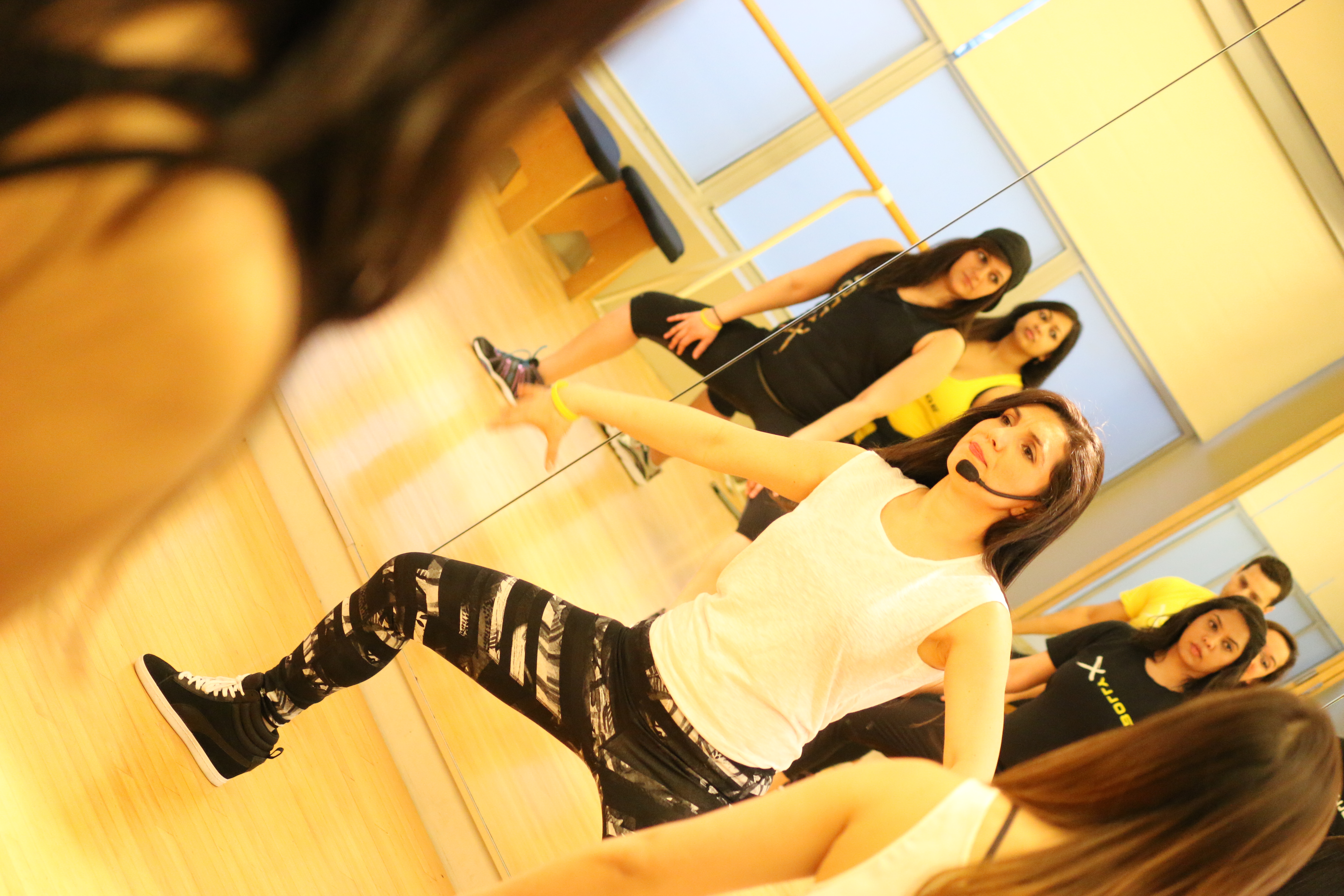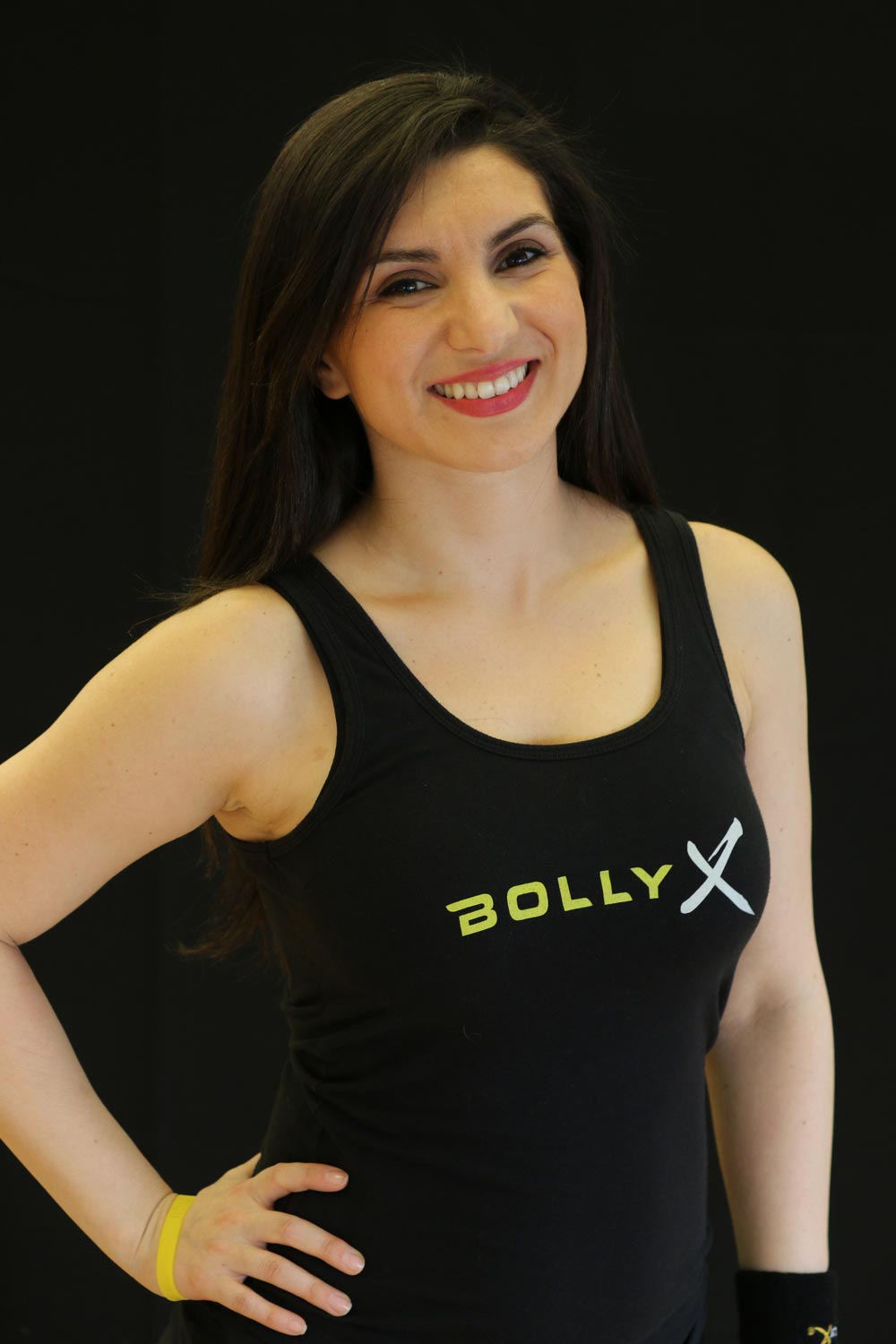You all know the saying about opinions – everyone has them and they sometimes stink. There are a lot of motivational articles and memes making the rounds in social media that urge us to ignore what others think and just “do YOU” in order to be happy. I generally love such advice (because, you know, haters gonna hate) but only up to a point. No one wants to be on the receiving end of negative comments but it’s important to be able to differentiate between negativity and constructive criticism. If we constantly choose to block out the things we don’t want to hear and ignore messages that aren’t 100% positive, we run the risk of living in a bubble of denial. As fitness instructors, we can’t afford to live there – the rent is not cheap and heaven knows we don’t do this for the money.
In this industry, like many others, the learning should never stop. I can’t emphasize enough how important seeking constructive feedback is. I know first-hand how much easier it is to preach this advice than to take it, but ask yourself this: when was the last time you 1) invited someone to your class for the sake of getting his/her feedback, and 2) filmed yourself to self-assess or send to a mentor for advice?
These are a couple of the most important things you can do to improve and grow as an instructor, especially if your class numbers are not as high as you or your manager would like. It’s easy to make excuses and latch on to external reasons for why your classes might not be doing so well but you will be doing yourself a major injustice with that line of thinking.
 When I first started teaching dance fitness classes, it took about 4 months of consistently low numbers before the group fitness manager replaced me without so much as a text. I wasn’t sure what I was doing wrong – I had so much passion for dance, I thought I was BRINGING IT in class! I even received a couple of great compliments so I was baffled as to why I couldn’t get my numbers up. I decided to do a little research and learned that some of the students felt my routines weren’t intense enough and they weren’t getting a good workout.
When I first started teaching dance fitness classes, it took about 4 months of consistently low numbers before the group fitness manager replaced me without so much as a text. I wasn’t sure what I was doing wrong – I had so much passion for dance, I thought I was BRINGING IT in class! I even received a couple of great compliments so I was baffled as to why I couldn’t get my numbers up. I decided to do a little research and learned that some of the students felt my routines weren’t intense enough and they weren’t getting a good workout.
WHAT? I’m in class sweating bullets and they weren’t getting a good workout????
I decided that the problem couldn’t be with me because I was working really hard – it must be that these participants weren’t “trying.” And that was my ultimate mistake. Rather than look deeper into what this feedback suggested about MY teaching, I assumed the problem was external.
A few weeks later, I attended a team-teach class where a more experienced instructor saw me teach one of my routines, and she gave me feedback that I took to heart. She told me it was hard to follow me because I wasn’t pre-cueing enough; she couldn’t dance all out when she wasn’t sure what the next move was going to be. As hard as it was to hear that my routine wasn’t all unicorns and rainbows, I was ultimately grateful that she gave me such specific and constructive criticism as I then knew exactly what I needed to work on. It suddenly made sense why my past participants felt they weren’t getting a workout; I was doing a poor job of signaling the upcoming changes in overly complicated routines and was too busy doing the dance moves to lead my participants properly. Without my guidance, they weren’t able to do the moves at the same intensity as I was, if at all. People always think that if someone is a good dancer, they would make a good teacher, but that is often untrue! In fact, some of the best instructors I’ve seen have no dance background. Of course, it’s important to be able to move well with good technique to be an inspiring role model for your class, but it’s simply not enough on its own. This was definitely a humbling experience for me.
I look back on that experience now and shake my head at how blind I was. Yes, I am still sheepish about it, but I think we can all agree that change is hard! Anyone who bought the new iPhone 7 knows what I’m talking about (seriously what’s up with getting rid of the headphone jack?). Jokes aside, it’s even more difficult when you aren’t really sure what to fix and how. As mentioned in last week’s blog, you don’t know what you don’t know and that is why seeking and embracing constructive feedback is the key to improving your craft. If possible, ask for specific things you can work on to improve. When you watch yourself on camera, try to do so with a critical eye to assess how you are teaching and coming across to your participants. The first time I saw a recording of myself teaching, I got a crick in my neck from how much I cringed. However, once I stopped obsessing about how terrible my hair looked drenched in sweat, I noticed a lot of things that I was completely unaware of – like the fact that I didn’t put a lot of power into my arm movements while dancing, which made me look less energetic. Did I like the fact that I saw a lot of room for improvement? No, I hated it…but I liked that I knew exactly what I needed to do to teach better and how to go about it.
To sum it all up, you should definitely ignore the haters and do YOU, but don’t mistake constructive criticism for negativity and ignore it all. Feedback is a gift! Seek it. Embrace it. Grow from it.
“You can learn great things from your mistakes when you aren’t busy denying them.” – Stephen Covey
Now that you know you want to get feedback for your fitness journey, who should you ask? Who would make a good mentor? Tune in next week for the final post in this series on how to improve your teaching and boost class participation!

About the Author: Dalia always dreamed that dance would play a major role in her life but as a “good middle eastern girl,” she never pursued her passion seriously and grew up spending hours learning dance moves from music videos and choreographing to Salt ‘n’ Pepa songs in her bedroom. After 10 years of working in Finance, she found herself succumbing to an unhealthy lifestyle and decided to get fit again by doing what she loved most. She is so thankful to BollyX for making her dream come true and is truly happy to be a part of the Regional Trainer Team.
